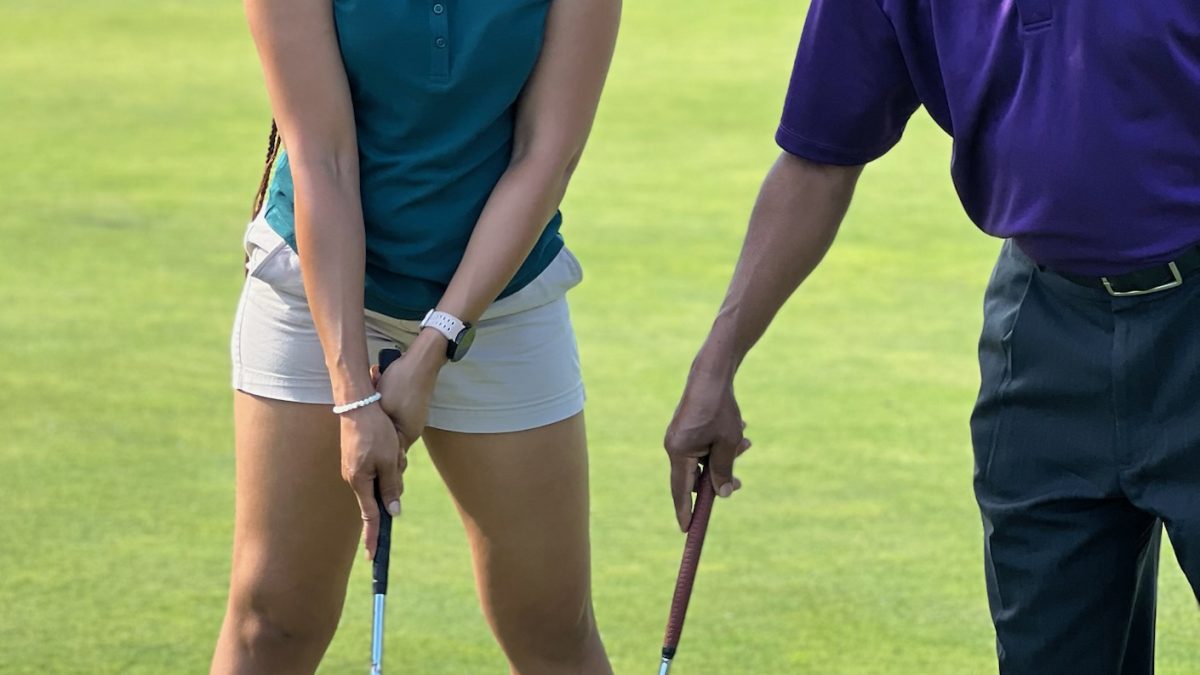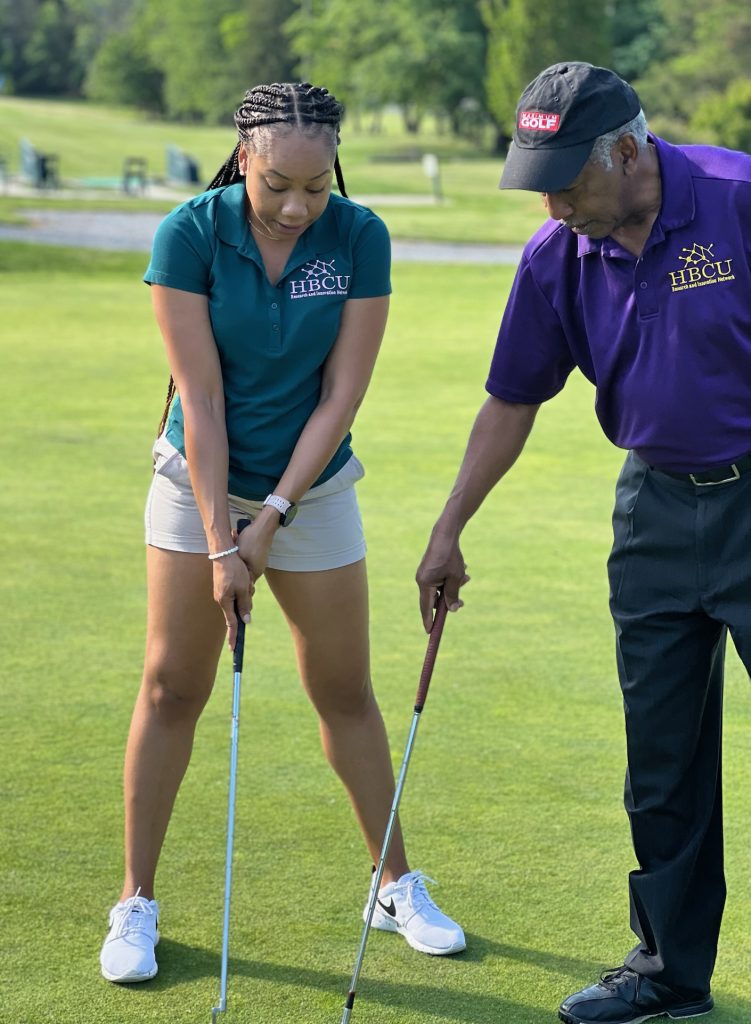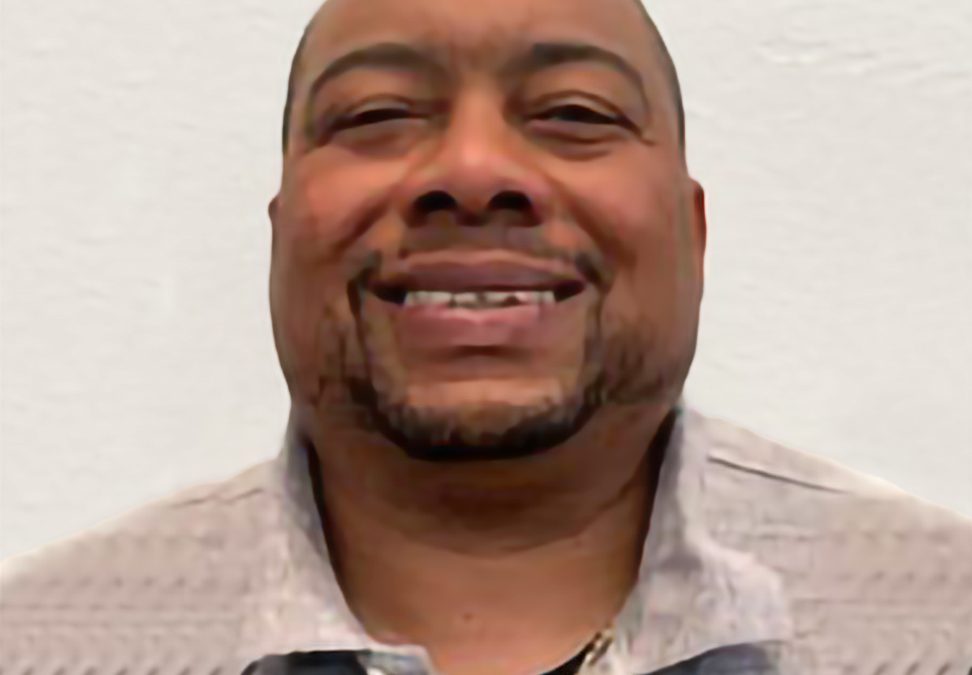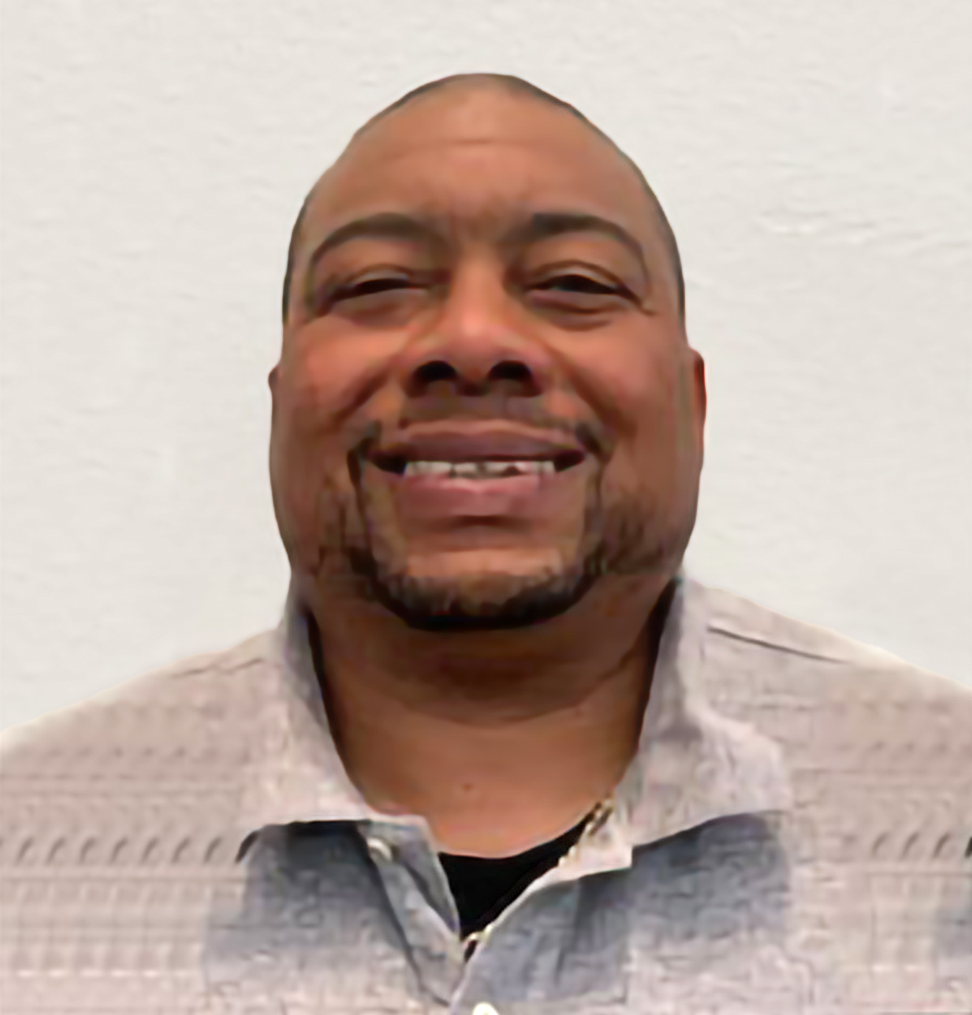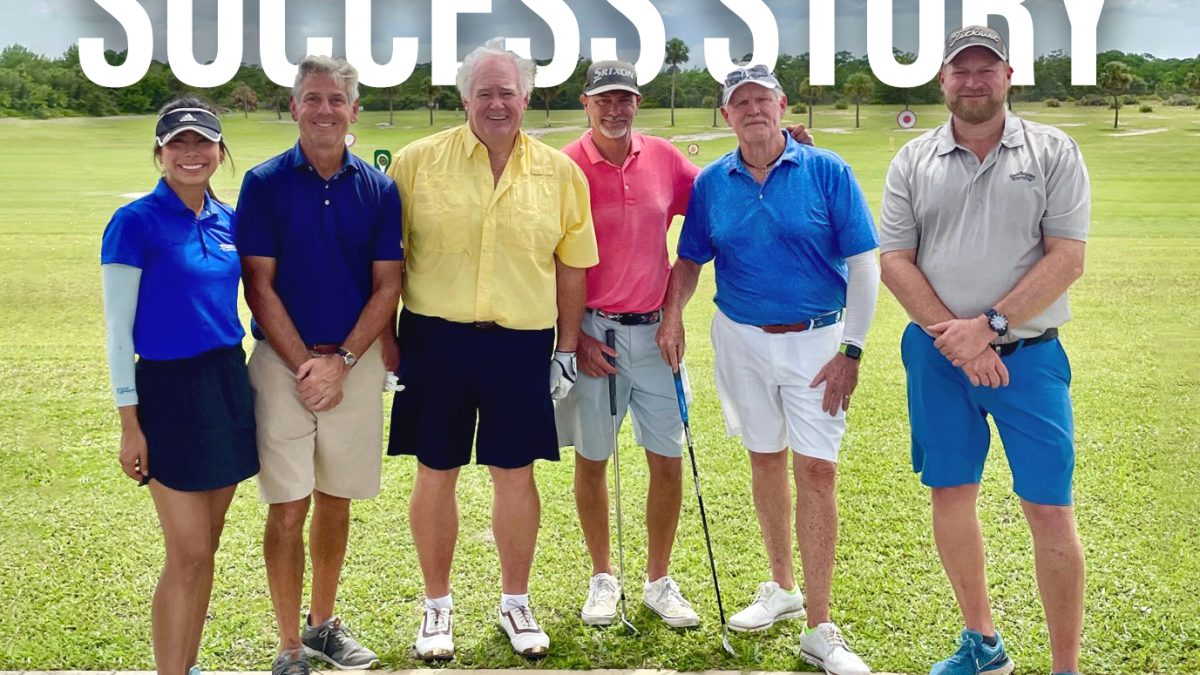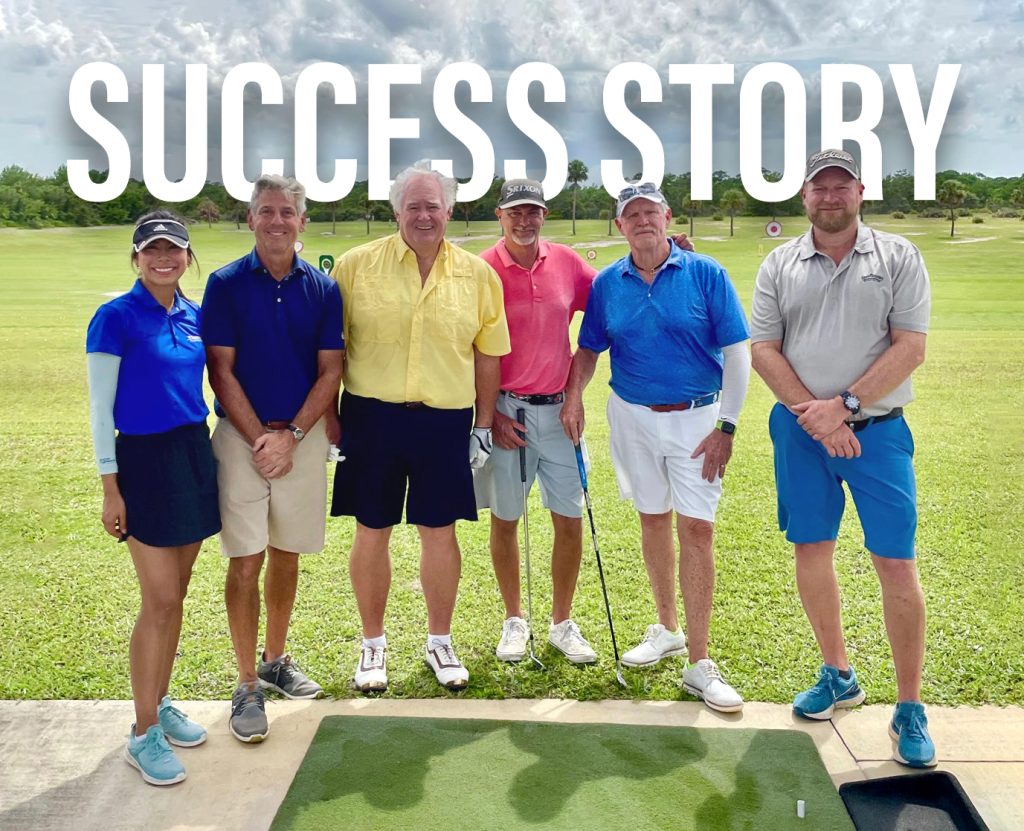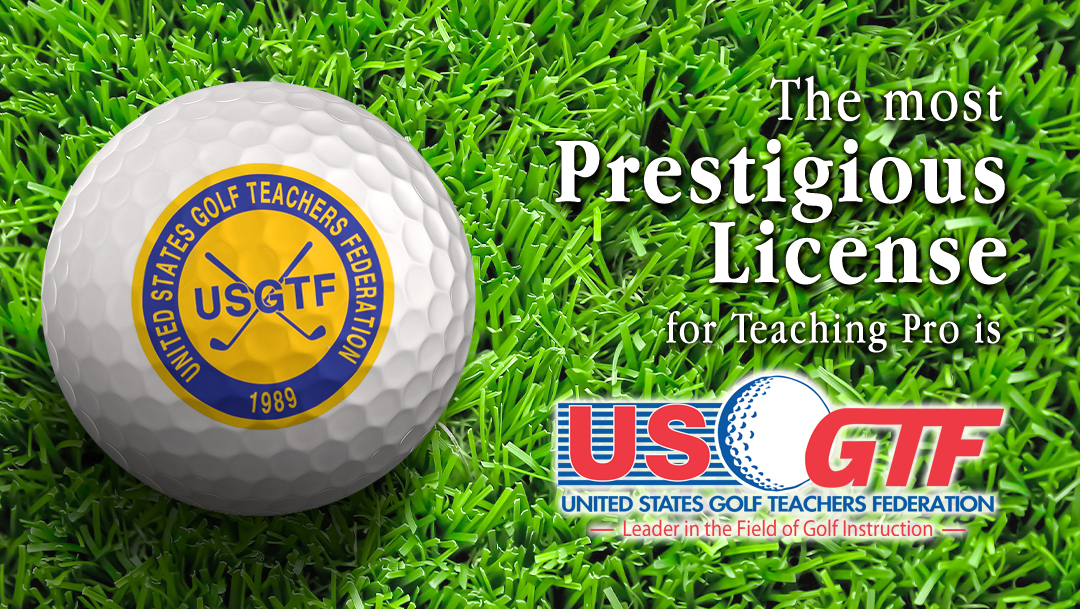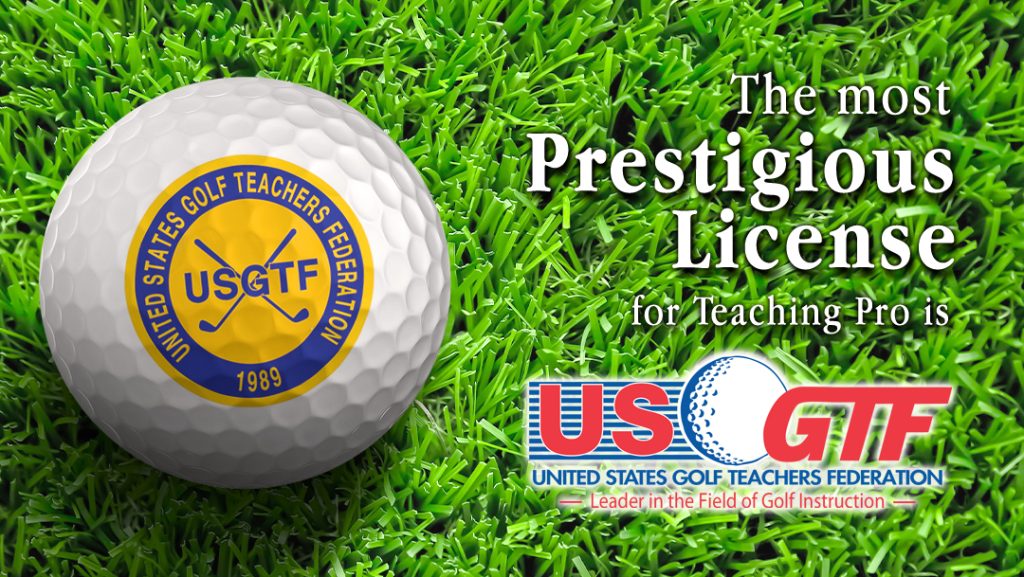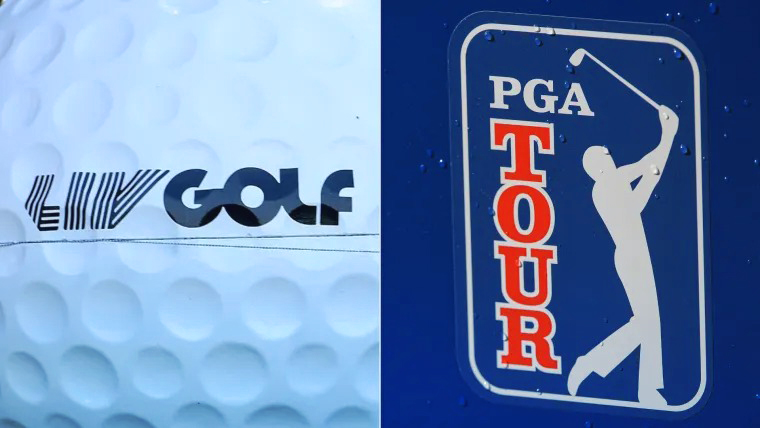INDUSTRY PARTNER SPOTLIGHT – ONCORE GOLF BALLS
 OnCore Golf manufactures golf balls for golfers of all skill levels, and its technology is second to none. Five golf balls are in OcCore’s lineup, starting with the Vero X2. This is a new ball for 2023 and is a 4-piece, cast urethane ball with 95 compression, designed for golfers with high swing speeds who want total control around the greens. Next up is the Vero X1. This ball outperformed other tour balls, with 60% less sidespin. It is a 4-piece, cast urethane golf ball coming in at 85 compression.
OnCore Golf manufactures golf balls for golfers of all skill levels, and its technology is second to none. Five golf balls are in OcCore’s lineup, starting with the Vero X2. This is a new ball for 2023 and is a 4-piece, cast urethane ball with 95 compression, designed for golfers with high swing speeds who want total control around the greens. Next up is the Vero X1. This ball outperformed other tour balls, with 60% less sidespin. It is a 4-piece, cast urethane golf ball coming in at 85 compression. Next in the tour performance category is the Elixr 2022, a 3-piece urethane blend. It promotes added feel around the green with added distance and more accuracy off the tee. The Elixr ball is for intermediate or advanced players and is a 3-piece urethane blend with slightly lower compression than the Elixer 2022. Finally, there is the Avant 55, perfect for beginner or intermediate players with lower swing speeds. Its construction is a two-piece Surlyn blend and comes in at 55 compression. It is a softer distance ball that won’t break the bank.
For more information on OnCore, please visit the company website at https://www.OnCoreGolf.com.


